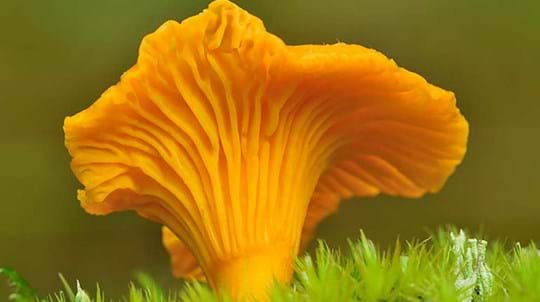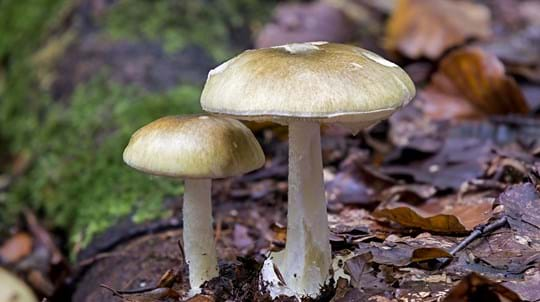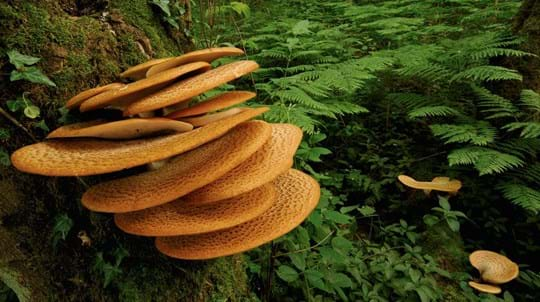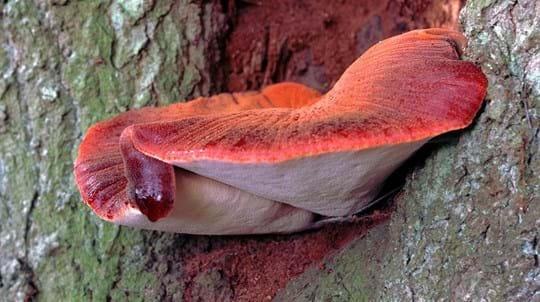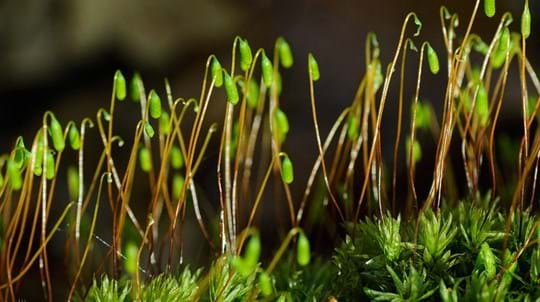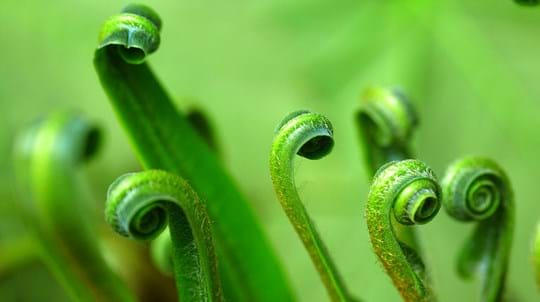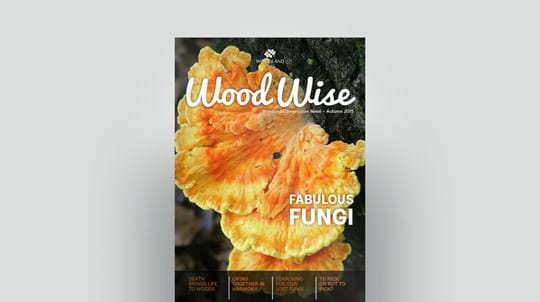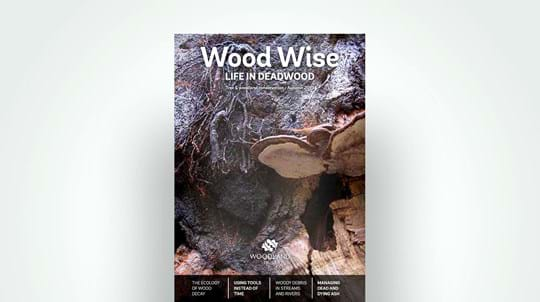
Credit: Blickwinkel / Alamy Stock Photo
Where to find stinkhorn
It is very common in the UK and Ireland and most of mainland Europe. It grows in all types of woodland, particularly coniferous, and in gardens. More often smelled than seen; its aroma can be detected far and wide and can be mistaken for dead animals or bad drains.






